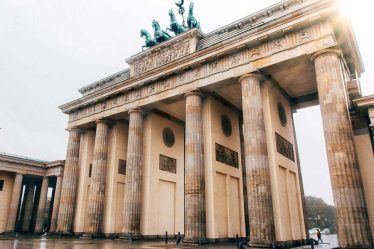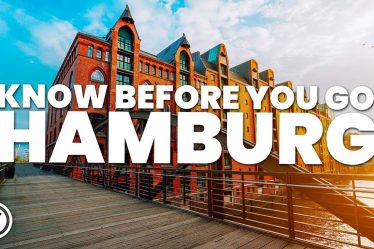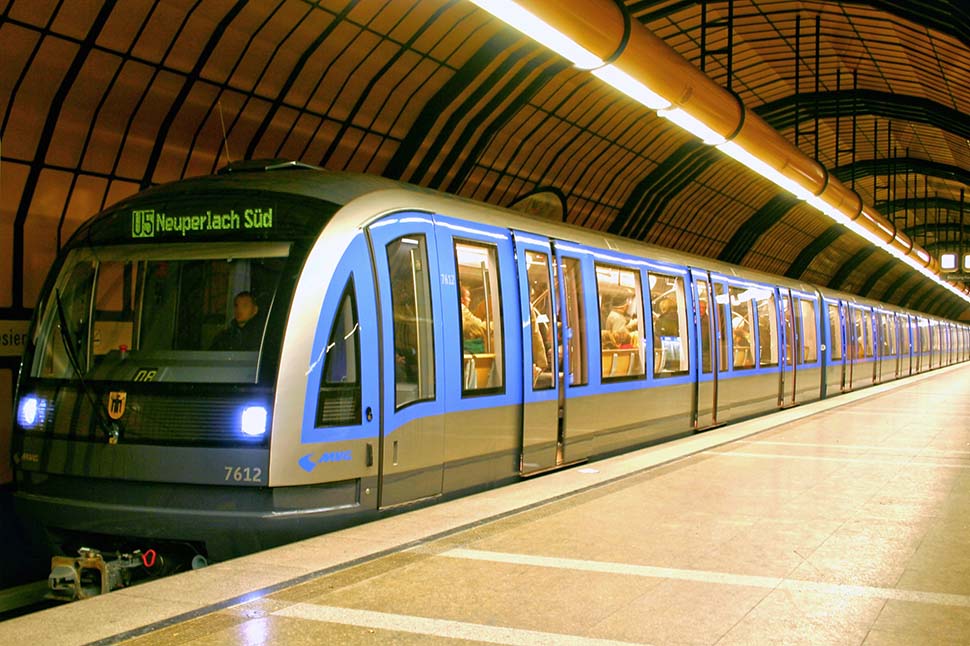
Munich, the vibrant capital of Bavaria, is renowned for its rich history, stunning architecture, and lively cultural scene. Whether you’re visiting the city for the first time or returning for another adventure, mastering Munich’s public transport system can significantly enhance your travel experience. This comprehensive guide will walk you through the ins and outs of Munich‘s public transportation, including how to navigate the network, tips for buying tickets, and essential advice for getting around the city efficiently.
1. Munich’s Public Transport System
Munich’s public transport system is extensive and well-organized, offering a variety of options to get around the city and its surroundings. The system is operated by Münchner Verkehrsgesellschaft (MVG), and it includes:
- U-Bahn (Subway): Munich’s underground rail system, which is the backbone of the city’s public transport network. It consists of 8 lines, identified by numbers (U1 to U8) and colors.
- S-Bahn (Suburban Train): This network connects Munich with suburban areas and other cities in the region. The S-Bahn lines are numbered S1 to S8.
- Trams: Munich has 12 tram lines that run throughout the city, providing convenient access to various neighborhoods and attractions.
- Buses: The city’s bus network complements the U-Bahn and S-Bahn systems, reaching areas that are not covered by the trains and trams.
- Regional Trains: For travel beyond Munich, regional trains connect the city with other parts of Bavaria and neighboring regions.
2. Getting Started: How to Purchase Tickets
Before you embark on your journey, it’s crucial to understand how to purchase and validate your tickets. Munich’s public transport tickets are valid for all modes of transport within the network, including U-Bahn, S-Bahn, trams, and buses.
Where to Buy Tickets
- Ticket Machines: Ticket machines are available at all U-Bahn and S-Bahn stations, as well as at major tram stops. They offer instructions in multiple languages and accept both cash and card payments.
- MVG Customer Service Centers: Located at major transport hubs, these centers provide assistance with ticket purchases and offer information on routes and schedules.
- Online and Mobile Apps: You can purchase tickets via the MVG app or the DB Navigator app. These apps also provide real-time information on schedules and connections.
Types of Tickets
- Single Ticket: Valid for a one-way journey within the selected fare zones. It’s ideal for one-time use and costs approximately €2.90 for a standard ticket within the inner zones.
- Day Pass: Offers unlimited travel within a single day. The price is around €6.70 for the inner zones and €13.40 for all zones (including suburban areas).
- Group Day Pass: Perfect for groups of up to 5 people traveling together. It costs approximately €13.40 for the inner zones.
- Munich Card: Provides unlimited travel and discounts at various attractions. It is valid for 1 or 3 days, with prices starting from €13.00.
- Bayern Ticket: Ideal for travel beyond Munich, this ticket offers unlimited travel on regional trains and other public transport throughout Bavaria for a day. It costs around €25.00.
Validating Your Ticket
Most tickets do not need to be validated before use, except for the Bayern Ticket, which requires validation at the station. Simply board the transport with your purchased ticket, and conductors will check it during their rounds.
3. Navigating the U-Bahn (Subway)
The U-Bahn is the fastest way to travel within Munich and is known for its punctuality and efficiency. Here’s what you need to know:

Understanding the U-Bahn Lines
- Lines U1 to U8: Each line is identified by a number and color on the maps and station signs. For instance, U1 is colored dark blue, and U2 is green.
- Frequency: Trains typically run every 5 to 10 minutes during peak hours and every 10 to 15 minutes during off-peak times.
- Major Stops: Important stations include Hauptbahnhof (Main Station), Marienplatz (Central Square), and Sendlinger Tor (near popular shopping areas).
How to Use the U-Bahn
- Finding Your Train: Check the electronic boards at the stations for train schedules and directions. Trains run frequently, so you rarely have to wait long.
- Transfers: Many U-Bahn stations are interconnected with S-Bahn and tram lines. Look for transfer signs to switch lines efficiently.
- Accessibility: U-Bahn stations and trains are generally accessible for passengers with reduced mobility, featuring elevators and ramps.
4. Exploring the S-Bahn (Suburban Train)
The S-Bahn connects Munich with suburban areas and nearby cities. It’s an excellent option for exploring beyond the city center.
Understanding the S-Bahn Lines
- Lines S1 to S8: Each line serves different suburban areas and regional destinations. For example, S1 connects Munich with the airport, while S8 travels to the western suburbs.
- Frequency: S-Bahn trains typically run every 20 minutes, with higher frequency during peak hours.
How to Use the S-Bahn
- Finding Your Train: Similar to the U-Bahn, check the electronic boards at stations for departure times and platform information.
- Day Trips: Consider using the S-Bahn for day trips to nearby attractions such as Dachau or the beautiful lakes around Munich.
5. Riding the Trams
Trams are an integral part of Munich’s public transport system, providing an enjoyable and scenic way to travel around the city.
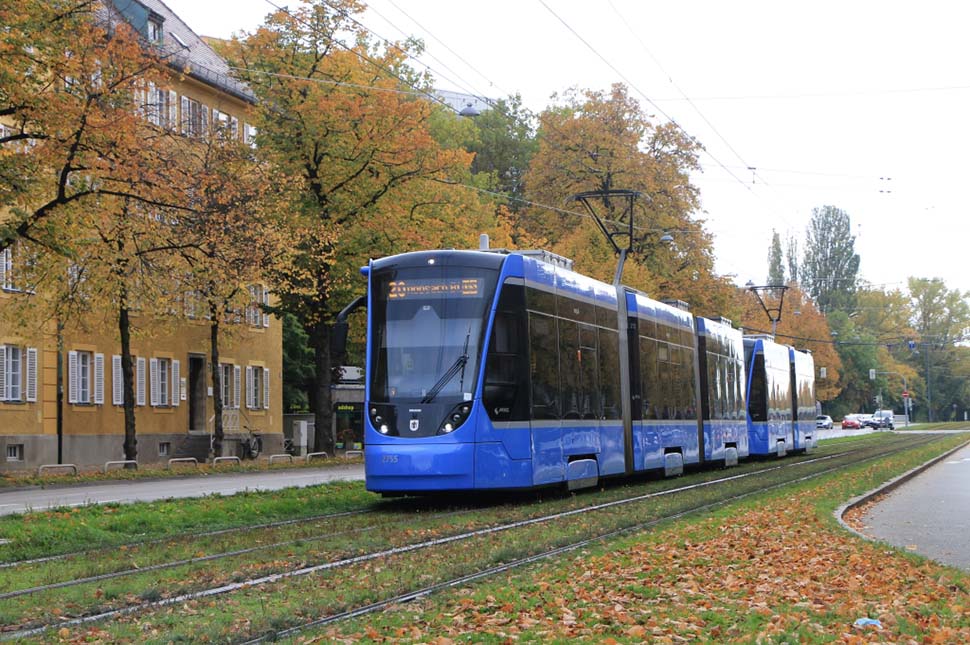
Understanding the Tram Lines
- Lines 1 to 12: Each tram line covers a different part of the city. For example, Tram 19 travels through the city center and around the university district.
- Frequency: Trams usually run every 10 to 15 minutes, with increased frequency during busy periods.
How to Use the Trams
- Boarding: Trams stop at designated stations. Check the route maps displayed at stops to ensure you’re on the correct line.
- Stops: Trams make frequent stops, so you can easily get on and off at various points of interest.
6. Using Buses
Buses complement the tram and train networks, reaching areas not covered by other modes of transport.
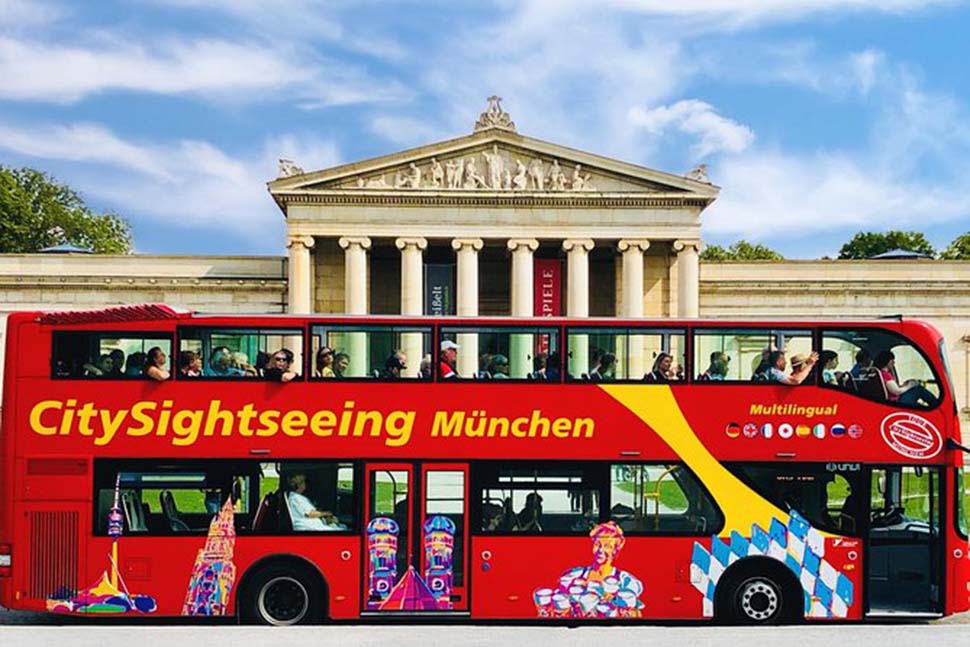
Understanding the Bus Lines
- Line Numbers: Bus lines are numbered, with higher numbers often indicating routes that travel further out of the city center.
- Frequency: Buses typically run every 10 to 20 minutes, depending on the route and time of day.
How to Use the Buses
- Checking Routes: Bus stops display route maps and schedules. Make sure to check the destination and route before boarding.
- Timetables: Buses run on fixed schedules, which are displayed at bus stops and online. Use the MVG app for real-time updates.
7. Essential Tips for Using Munich’s Public Transport
Plan Your Journey
- Route Planning: Use the MVG app or Google Maps to plan your route. These tools provide real-time updates and route options.
- Timetables: Always check the timetables for the latest information on train, tram, and bus schedules.
Stay Informed
- Announcements: Pay attention to station announcements and electronic boards for any changes or delays.
- App Notifications: Enable notifications on the MVG app to receive updates about your journey.
Safety and Etiquette
- Personal Safety: Keep your belongings close and be aware of your surroundings, especially in crowded areas.
- Etiquette: Offer your seat to elderly passengers or those with special needs, and avoid loud conversations.
Handling Language Barriers
- Language: While many signs and ticket machines are in English, having a basic understanding of German phrases or using translation apps can be helpful.
8. Day Trips and Beyond Munich
Munich’s public transport system also facilitates easy day trips to nearby attractions. Here are a few suggestions:
- Neuschwanstein Castle: Accessible via regional trains, this fairy-tale castle is a popular destination for tourists.
- Dachau Concentration Camp Memorial Site: Reachable by S-Bahn and bus, this site offers a sobering glimpse into history.
- Lake Starnberg: A picturesque destination for outdoor activities, reachable by regional train.
Navigating Munich’s public transport system is straightforward with the right information and tools. Whether you’re exploring the city’s historic landmarks, enjoying its vibrant cultural scene, or taking day trips to nearby attractions, understanding how to use the U-Bahn, S-Bahn, trams, and buses will enhance your travel experience. With this comprehensive guide, you’re well-equipped to make the most of Munich’s excellent public transport network and enjoy all that this beautiful city has to offer.
